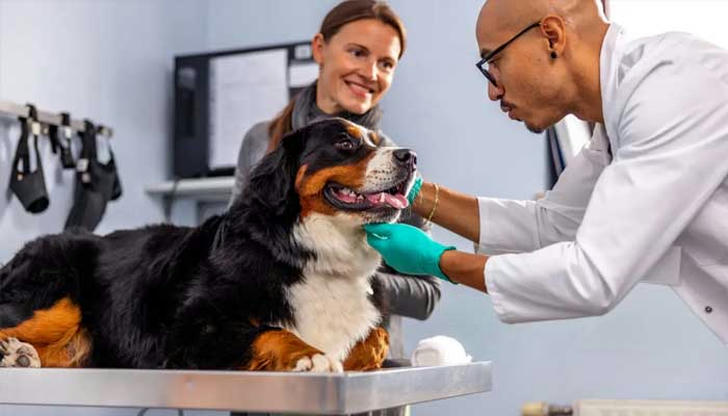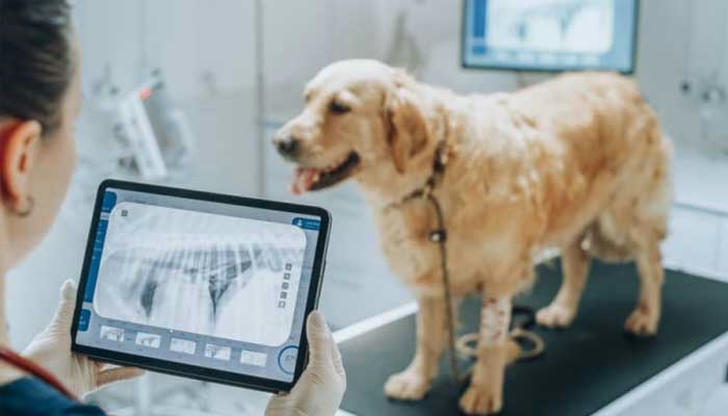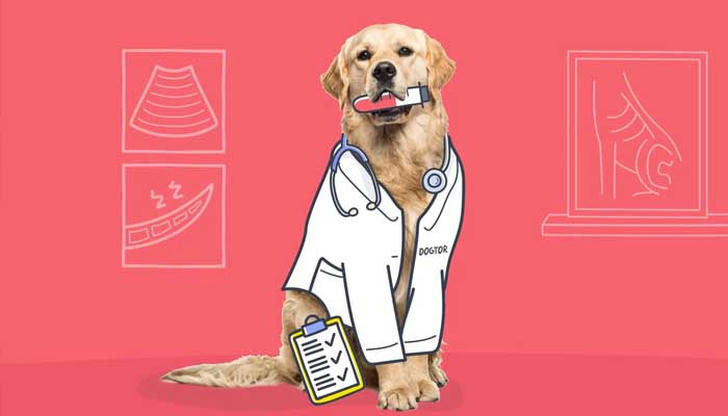What Does Pet Insurance Cover?

Pet insurance has become an essential safeguard for many pet owners. Just like with health insurance for humans, it helps to mitigate the financial burden of veterinary care. Veterinary bills can add up quickly, especially when your pet needs emergency treatment or surgery. In this blog, we’ll explore the details of what pet insurance covers, focusing on dogs and cats, and dive into the types of treatments typically included in coverage.
What Does Pet Insurance Cover for Dogs and Cats?

For the most part, pet insurance covers issues for dogs similar to those it provides for cats, but there are some key differences to be aware of.
Breed-Specific Conditions
Secondly, some breeds of dogs and cats are more prone to specific diseases compared to others. For example, hip dysplasia can be more prevalent in large breeds such as German Shepherds, whereas Persian cats are more prone to kidney disease. Reputable pet insurance policies will take into consideration breed-specific health issues. So long as the conditions did not exist at the time of policy coverage, treatment options for these will likely be covered.
Preventive Care
Many policies include or as part of the add-on preventive care. These can range from vaccinations, and flea and tick treatments, to an annual check-up. Preventive care is important for keeping your pet healthy, but additionally to early diagnosis, thus providing a cost-saving factor in most cases by preventing more costly treatments at later stages. Be sure to verify this with your policy, however. Not all plans include a level of preventive care coverage.
Chronic Illnesses and Long-term Care
Some pets may not live a very long life and chronic conditions like arthritis and diabetes might begin to start showing up. Pet insurance is greatly useful for managing chronic conditions, especially the treatments and medications that these require, and in some cases, therapies, such as physical rehabilitation. Chronic care cover ensures that long-term pet care is seen without any worry over high costs.
Specialized and Diagnostics Care
Pets may need highly specialized care like visits to cardiologists for heart defects or oncologists for treatment of cancer. In most cases, pet insurance will also cover diagnostic testing like blood work, ultrasounds, or MRIs that are crucial in diagnosing diseases when they are not at their worst stages. Specialist care and advanced diagnostics can be very costly without insurance, so it is, therefore, essential to ensure that your policy includes this coverage if your pet requires it.
Emergency and Critical Care
Injury due to auto accidents, poisoning, or sudden illness requires emergency attention. Animal insurance usually covers the cost of emergency visits to veterinarians, including treatments, diagnostic tests, and surgeries, which are conducted to stabilize your pet's condition. Hospitalizations are also usually covered by most insurance companies because treatment may require overnight stays or close monitoring by the medical staff during a serious medical crisis.
Which Treatments Are Covered Under Pet Insurance?

Under a pet insurance policy, various policies will differ in terms of treatments covered, although most do include most medical services. Here are five main forms of medical treatments they mostly include:
Surgeries
It covers a huge number of surgeries, including emergency surgery due to illness or injury and elective surgeries, such as the spaying or neutering of your pet, as long as this is included in your contract.
If your pet needs surgery to treat a medical condition, for instance, the surgical removal of a tumor or an object, it can cover an enormous portion of those expenses through pet insurance.
Medications
Medications-whether short-term or long-term-form part of the majority of pet insurance policies. For instance, your dog may have to be on drugs due to arthritis or allergy or some post-op recovery condition. The cost can add up over time, and this is where pet insurance comes in.
Diagnostic Tests and Imaging

The diagnostic tests may include other unexplained symptoms or serious conditions diagnosed by blood tests, X-rays, or CT scans. These would be pretty expensive; however, pet insurance covers most of the charges, making it more affordable to determine the required answers.
Hospital Stays and Rehabilitation
If your pet must stay at the hospital for treatment, the majority of pet insurance providers cover all of these treatments. Many plans will also cover rehabilitation, such as physical therapy for your pet after surgery.
Dental Care (If Covered)
Some pet insurance plans may add dental, which might include cleanings and treatments for diseases in your pet's mouth. In almost all pets, the health of your pet's mouth is a huge part of it; insurance would pay for extractions or treating gums. Just be sure to check if this is included in your plan.
Alternative Therapies
Other forms of insurance include coverage of alternative therapy; examples are acupuncture, chiropractic treatments, and hydrotherapy. In certain situations, they have proven effective in the treatment of a person's condition, as an excellent example may be to heal pain or rehabilitation.
Conclusion

Pet insurance, if selected, will be as great in saving financially on your pet's medical needs. It will cover from emergency surgery to chronic care. Pet owners need to know what is included and what is excluded under their respective plans so that they can make the right decision. Select a good plan for your pet, and he will take the best possible care without putting any financial burden on your pocket. If you haven't done so yet, check out the available options and locate a program that suits your budget as well as meets your pet's health needs.
